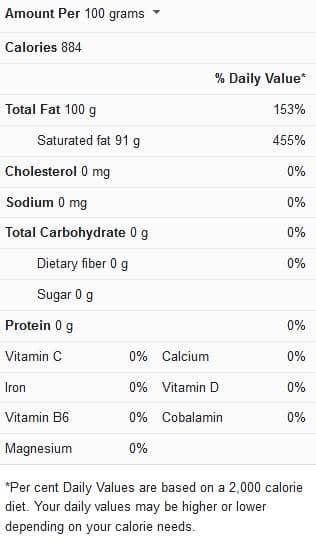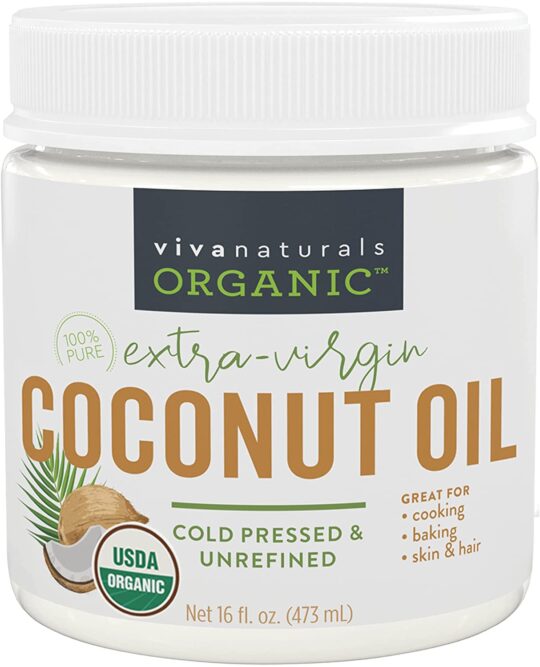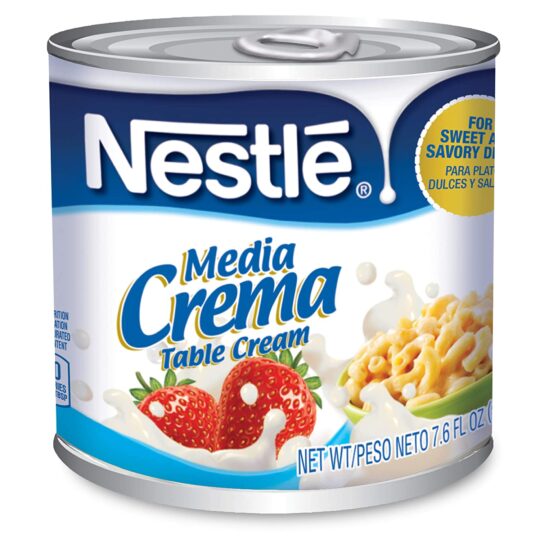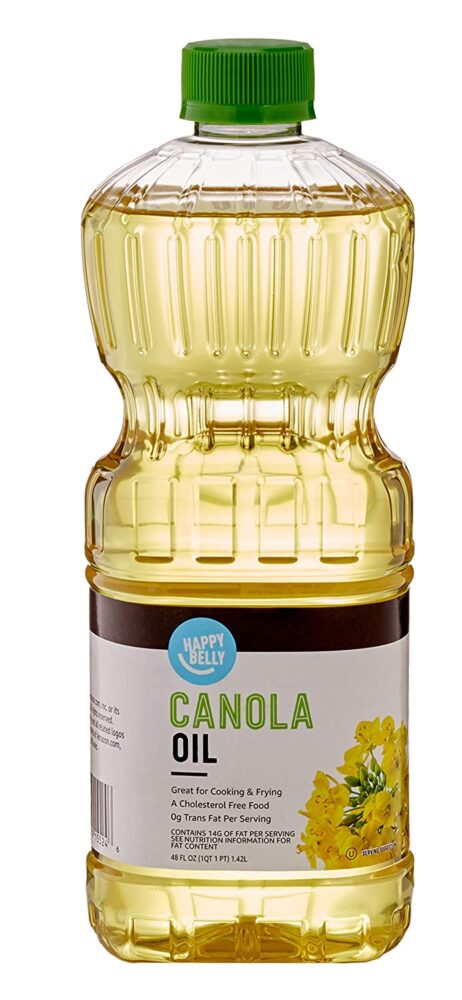Vegetable shortening can be found in kitchen pantries all around the United States. However, the contents of the shortening container remain a mystery to many. To summarize the effects of shortening in baked recipes, it’s ideal for creating the light, flaky texture that we crave in pie crusts and biscuits.
However, how does vegetable shortening help in achieving this texture? And, if you don’t have any vegetable shortening on hand, are there any alternatives that would be healthier for your health as well as for your baking needs?
We’ve answered all of these questions in this article, so you’ll be prepared the next time you’re in need of substitutes to replace vegetable shortening in your recipes. Also, learn how to properly swap these substitutes in biscuit recipes for the best end results.
Shortening Nutrition Facts

What is shortening?
Vegetable shortening is a solid fat derived from vegetable oils like soybean and cottonseed that have been artificially hydrogenated into a solid-state. Vegetable shortening is used in a variety of dishes, ranging from handmade flour tortillas to white cakes. While shortening doesn’t contribute much taste to baked products, it does give richness and softness.
Short doughs or doughs with a high fat-to-flour ratio, such as pie crusts, are typically made with vegetable shortening. This is because vegetable shortening’s fat coats the flour, preventing water from starting the gluten production. Due to this, vegetable shortening is typically used to “shorten” strands of gluten and prevent their formation in the dough.
Biscuits made with vegetable shortening are a popular breakfast option in many households. When vegetable shortening is used in biscuit recipes, the outcome is flaky, tender, and full biscuits that satisfy completely when consumed.
Uses of shortening in biscuit recipes
Vegetable shortening is used because it is almost entirely made up of solid fat, which aids in the flakiness of pie crusts, the stability of icings, and the prevention of baked items spreading too much during baking.
In biscuit recipes, vegetable shortening is typically introduced for the “short” or crumbly feel it gives off in cooking and baking procedures.
Examples of biscuit recipes in which shortening is typically used are listed below:
- Classic Southern buttermilk biscuits
- Baking powder biscuits
- Crisco biscuits
- Flaky buttermilk biscuits
- Coconut oil biscuits
- Chewy chocolate chip cookies
- Peanut butter cocoa cookies
- Chocolate-dipped shortbread cookies
- M & M cookies
- Chocolate-dipped espresso shortbread
- Easy triple chocolate cookies
- Easy self-rising biscuits
- No milk biscuits
- All-purpose biscuits
- Dairy-free biscuits
Substitutes for shortening in biscuits
Vegetable shortening is popular for the effects it imparts into baked recipes. In biscuits particularly, the presence of vegetable shortening ensures that biscuits come out flaky, tasty, and crumbly.
There’s no need to worry when there is a lack of vegetable shortening for use in biscuit recipes. There are various options that can conveniently take the place of shortening and still produce tasty results.
These substitute options are described below:
Coconut oil
Shortening can be replaced with virgin coconut oil in biscuit recipes. Coconut oil, like vegetable shortening, is solid at room temperature and can thus be used conveniently in many biscuit recipes.
Flaky biscuits with a somewhat sweet, nutty flavor are the end results when coconut oil is used in place of vegetable shortening in biscuit recipes. The subtle coconut flavor is nice, especially when combined with curries or tropical fruit jams or jellies.
Cream
Heavy whipping cream provides a soft and flaky biscuit if you’re in the mood to try something different. Cream biscuits are produced with a mixture of all-purpose flour and cornstarc ands the normal baking powder, sugar, and salt. The fat and liquid in the biscuit come from heavy cream.
Instead of cutting butter and shortening into the dough, you’ll only have to mix in heavy cream until the dough comes together. You can’t directly substitute cream for shortening in biscuit recipes as this may not produce desirable results.
Canola oil
Shortening, butter, and coconut oil are unhealthy fats for your heart, so your best bet is canola oil if you need a healthier alternative to shortening. You can make a healthier biscuit variety byy substituting canola oil for the typical fat required in biscuit recipey.
Canola oil can be used in place of shortening in your biscuit recipe, but it must be added with the milk or buttermilk rather than cut into the flour mixture. The biscuits will be soft, but not flaky like shortening biscuits.
Frequently asked questions (FAQs)
Can you use oil instead of shortening in biscuits?
Vegetable oil can be used in place of melted shortening in recipes that call for it. Just don’t use vegetable oil as a shortening substitute in recipes like pie crust, biscuits, or scones—the dough won’t puff up properly because pockets of fat won’t form.
Can I use butter instead of shortening in biscuits?
Yes, butter and shortening can be used interchangeably in baked goods and as a one-to-one substitution. However, because butter and shortening are two very distinct components, the consequences – your baked products – may vary depending on which fat you use.
Why are my homemade biscuits hard?
Overcooking or baking at high temperatures results in brick-like biscuits that look fine on the outside. Using too many dry ingredients might also cause the dough to stiffen. The solution is to use parchment paper to line your tray and can assist to soften it. Reduce the heat or the cooking time as well.
Conclusion
Vegetable shortening may seem quite indispensable in biscuit recipes, but there are a number of substitutes that can be used in its place to replicate its effects. This article helps you learn about these substitutes and the features that make them good enough to replace shortening in biscuit recipes.
It is also important to learn how to properly substitute these options in the best method and amount in order to get the best texture and taste in your biscuits. So, the next time course makes biscuits and don’t have any shortening, simply try one of our suggested substitutes.



